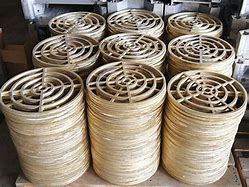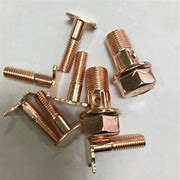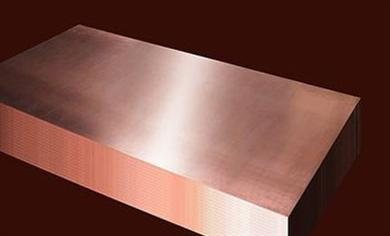**Can Liquid Drano Turn Your Copper Pipes Into a Science Experiment Gone Wrong?**
(Will Liquid Drano Hurt Copper Pipes)
Picture this: your kitchen sink is clogged. Again. You grab a bottle of Liquid Drano, pour it down the drain, and wait for the magic. But hold on—what if that magic comes with a side of pipe-melting chaos? If your home has copper pipes, you might wonder whether this popular drain cleaner is a hero or a hidden villain. Let’s dig into the messy truth.
Liquid Drano works by using chemicals to dissolve gunk like hair, grease, and food scraps. Its main ingredients are sodium hydroxide (lye) and aluminum. When these mix with water, they create a reaction that generates heat and releases hydrogen gas. This combo eats through clogs. Sounds great, right? But here’s the catch: chemical reactions don’t stop just because the clog is gone.
Copper pipes are tough, but they’re not invincible. Sodium hydroxide is highly alkaline. Over time, it can corrode metal. Think of it like this: if you pour something caustic down your pipes every month, it’s like slowly sanding the inside of a metal straw. Eventually, the walls get thinner. Weak spots form. Leaks follow.
The heat from the reaction adds another problem. Copper expands when heated. Repeated heating and cooling can stress the pipes, causing joints to loosen or cracks to form. Even small cracks can turn into big headaches. Imagine waking up to a puddle under your sink because a pipe decided to retire early.
What about short-term use? If you use Liquid Drano once to clear a stubborn clog, your pipes will probably survive. The trouble starts with regular use. Each application chips away at the copper. Plus, if the cleaner sits in the pipe longer than needed—say, because the clog isn’t fully cleared—the damage speeds up.
Some people notice blue or green stains around their drains after using chemical cleaners. That’s a red flag. Copper corrosion often leaves behind colorful residues. These stains mean the pipe is breaking down. Ignore them, and you might soon be on a first-name basis with your plumber.
Are there safer options? Enzymatic drain cleaners use bacteria or enzymes to eat through clogs. They’re gentler on pipes but work slower. For minor blockages, a plunger or drain snake can physically clear the gunk without chemicals. If the clog is deep, calling a pro might save you money in the long run.
What if you already used Liquid Drano? Flush the pipes with plenty of water after the clog clears. This dilutes leftover chemicals and reduces contact time. Keep an eye out for leaks or discoloration. Spotting issues early can prevent a kitchen flood.
(Will Liquid Drano Hurt Copper Pipes)
Copper pipes have been around for decades because they’re durable. But even the toughest materials have limits. Liquid Drano isn’t evil, but it’s not a harmless fix either. Treat it like a backup plan, not a go-to solution. Your pipes will thank you by not turning into a DIY disaster project.
Inquiry us
if you want to want to know more, please feel free to contact us. (nanotrun@yahoo.com)



